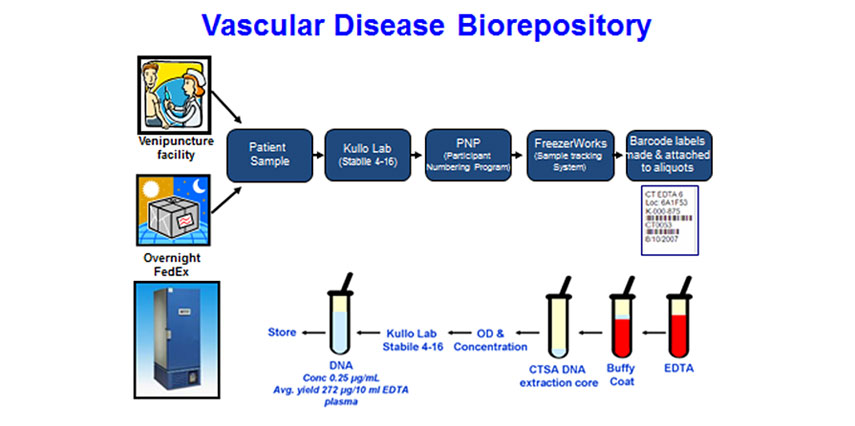
PAD denotes a complete or partial occlusion of one or more of the noncardiac, non-intracranial, peripheral arteries of the upper and lower limbs, which may lead to reduced blood flow or tissue loss. Consequently, PAD is under-diagnosed and hence, may be undertreated. Although much emphasis has been laid on neuropathy as a cause, an equally important contributor to the occurrence of leg ulcers and amputations is peripheral arterial disease (PAD). They significantly impact morbidity and mortality in people with DM, sometimes leading to leg ulcers and amputations, which are generally characterized by physical disability, reduced productivity and emotional disturbances. Lower extremity complications are common, showing a rising trend in many regions of the world and affecting about 131 million people worldwide, with an estimated global prevalence of 1.8%. Others are atherosclerotic macrovascular pathology in the brain, heart and lower limbs. The complications are mainly vascular and lead to diabetes-specific microvascular sequelae in the retina, nerves and the glomerulus. The myriad of chronic complications attributable to the disease results in enormous physical, mental, and economic burdens. Globally, close to a half billion people are living with diabetes and it is expected to increase by more than 50% in the next 25 years. It also highlights recent innovations in the management of PAD.ĭiabetes mellitus (DM) continues to assume pandemic proportions, affecting people across various socioeconomic groups in developed and developing nations. This review examines the epidemiology, pathophysiology and diagnosis of lower limb PAD in people with diabetes and relates these to the general population. Emphasis has been placed on neuropathy as a cause of DFUs, however PAD is equally important. Despite the epidemiological and clinical importance of PAD, it remains largely under diagnosed and hence undertreated, possibly because it is largely asymptomatic. In addition, PAD in DM may lead to diabetic foot ulcers (DFUs), which precipitate hyperglycaemic emergencies and result in increased hospital admissions, reduced quality of life, and mortality. The clinical presentation in people with DM also differs slightly from that in the general population. Diabetes mellitus (DM) remains a major risk for PAD, with DM patients having more than two-fold increased prevalence of PAD compared with the general population. Nonhealing ulcers, limb amputation and physical disability are some of its major complications. The prevalence of PAD is expected to continue to increase in the foreseeable future owing to the rise in the occurrence of its major risk factors.

It usually occurs as part of systemic atherosclerosis in the coronary and cerebral arteries.

Peripheral arterial disease (PAD) refers to partial or complete occlusion of the peripheral vessels of the upper and lower limbs.


 0 kommentar(er)
0 kommentar(er)
